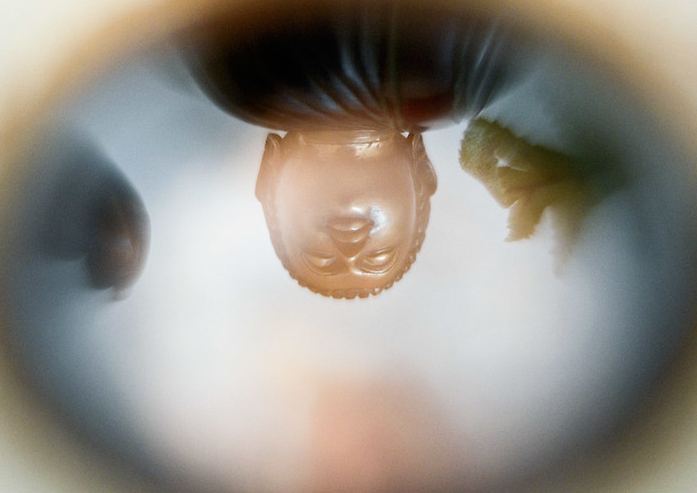True Kensho: An Ordinary Person Wakes Up
"Remember that he was an ordinary person. Nevertheless, through only three days and nights of intensive zazen, he was able to clarify the meaning of his being. Where is your brave determination?"
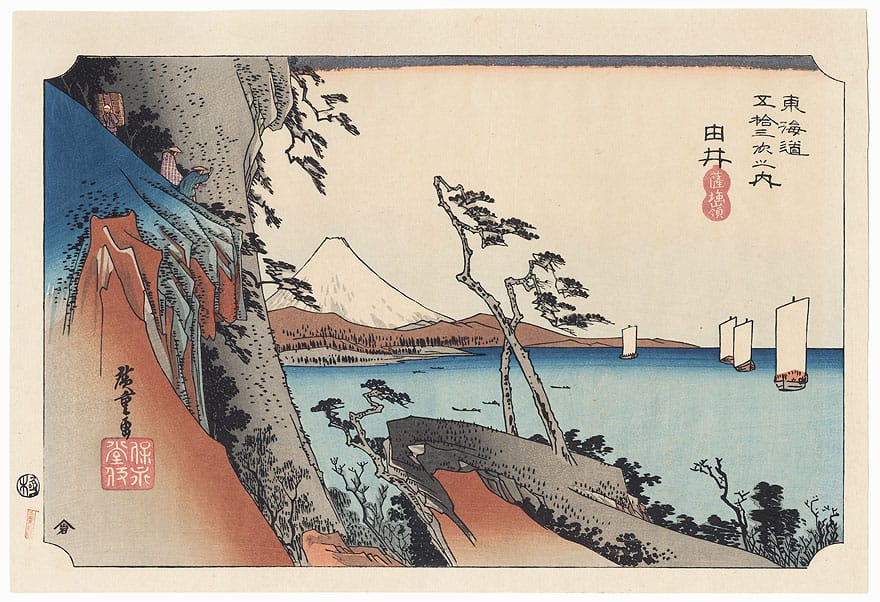
One key factor that distinguishes those who awaken in this life and those who don't is wholeheartedness. But what is wholeheartedness? The example of Yamanashi Heishiro (aka, Harushige), a student of Hakuin Zenji, stands out in this regard - better than an explanation - so I'll share it below.
Hakuin was unabashedly and inspiringly pro-kensho. And what follows is a "True Kensho" story, a genre that I expect to take off and replace "True Crime" in popularity (and maybe even the cooking shows!) sometime in the next century when the surviving large-brain primates turn to the buddhadharma en masse.
Meanwhile, when this True Kensho transpired, Hakuin was in his teaching prime at age 63. Heishiro, a wealthy householder who lived near Hakuin, was 41. Heishiro's experience was so important to Hakuin that he told Heishiro's story repeatedly. As one would expect from a great storyteller like Hakuin, not all of the details line up perfectly across the various versions. However, the main point of the story is clear and bright in each retelling - awakening in this very life is possible for those who practice wholeheartedly, and you don't have to be a fulltime monastic to do it. Hakuin reports that by sharing Heishiro's story, many householders were inspired to practice with wholeheartedness and many awakened.
You'll find the version with the most details here (see “Letter to a Certain Layman, 7:1748," 61-72):
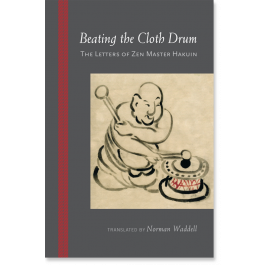
Caution: I recommended that if you are inspired to practice like Heishiro, that you do so under the guidance of a trained and authorized Zen teacher.
That said, the bulk of story that I'll share below is the abbreviated version that appears in "Hakuin Zenji's Rohatsu Exhortations," shared by Shodo Harada Roshi at a sesshin I attended in the late '90's (the translator was not credited). You'll find this retelling of Heishiro's story in the inset sections in the tan-colored boxes. I'll toss in a few extraneous comments along the way to fill in what's already full.
Prior to his insight into impermanence, Heishiro was an indolent fellow and a "womanizer." One source says that Heishiro's eldest son and heir had recently died. Another that his brother had recently passed away. Like bubbles in a stream.
Following these deaths, it seems that Heishiro's friends tried to recruit him to sit with their village zazen group, but Heishiro, thinking that it'd take ten-to-twenty years of devoted practice to awaken, considered zazen a waste of time. Instead, he devoted himself to purifying his karma for the benefit of his family through secret acts of kindness. Sometimes he succeeded in performing twenty or even thirty such actions a day. Then...
Master Takusui is a fairly obscure figure. A Zen master in the Japanese Rinzai line, he had devoted his later life to reviving the way of Zen Master Bassui. Takusui failed in this, but his own "Recorded Sayings of Master Takusui" had become quite popular in Hakuin's day, including among Heishiro's friends. The passage that triggered Heishiro is something that Takusui had quoted that he says came from The Awakening of Mahayana Faith, an important text that we recently studied on the Vine. However, as far as I can tell, this is incorrect - the passage does not seem to appear in that work.
This kind of intensive solo Zen retreat is called a doku-sesshin (獨攝心), or solitary sesshin, an important type of sesshin for us today as well. For more on sesshin:
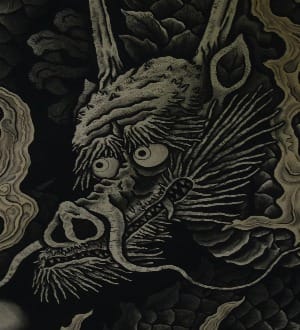
As for the fingernails digging into Heishiro's hand, other versions have the hands in the zazen mudra (like in Hakuin's self-portrait below) and Heishiro's thumb tips digging into each other. Note that the general instruction is to have the thumb tips lightly touching, so don't go all Heishiro and sit with your thumb tips digging into each other, magically thinking it'll lead to kensho!
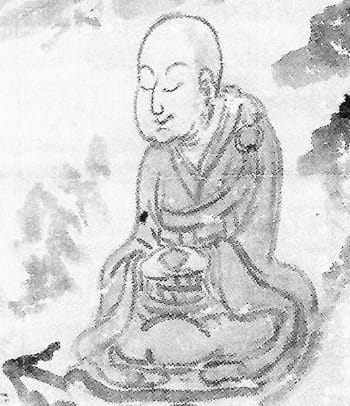
Remarkably, Heishiro had rapidly moved through the sublime dharma gates of counting and following the breath and quickly entered the sublime gate of stopping. Later, Hakuin praised the novice householder Heishiro as “a practitioner whose equal has rarely been seen in the annals of Zen.”
So don't go dismissing yourself! For more on stopping:

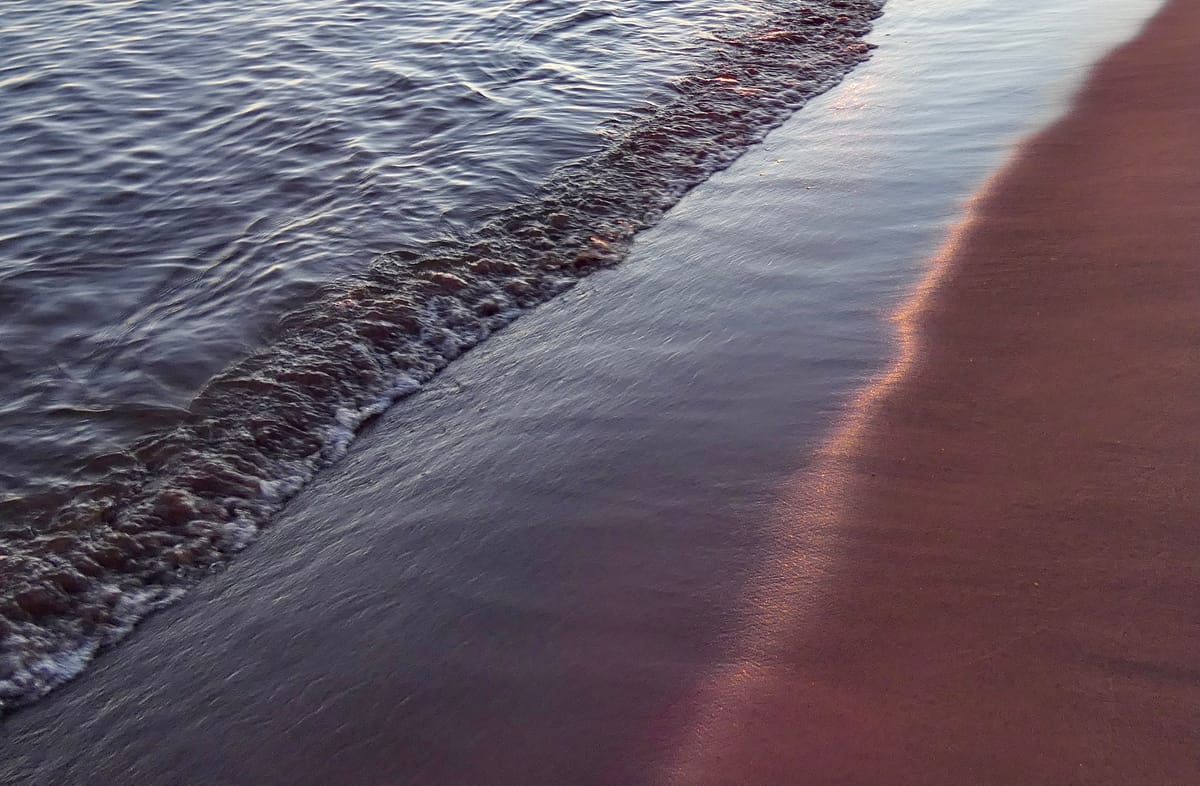
As for "...three days and nights," in some versions, Hakuin says that it took just two nights for Heishiro to get to this point of the sublime dharma gate of seeing. So let's just say "two or three."
Note that the woodblock print at the top of this post by Utagawa Hiroshige is from the same summit, the Yui-Satta Pass, eighty-five years later but presumably a similar view, that Heishiro saw as he awakened. I don't know if Hiroshige knew of this True Kensho connection or not, but the artist did become a Zen monk himself in his later years. Then died during a cholera outbreak shortly thereafter. See another of his woodblock prints at the bottom of this post.
Hakuin says above that when Heishiro came to him, he "...immediately passed several important koans." I'll share a more on this part of the story, because I think those of you familiar with the koan way will resonate with it and see parallels with your own experience.
Specifically, Hakuin asked, “At this moment, where is Buddha?” Heishiro gazed at the pillars on the veranda, then to the steps leading into the garden.
Hakuin clapped his hands and said, “When two hands meet, a sound is produced, but can you hear the sound of one hand?” Heishiro replied, “I hear it loud and clear.”
“What proof can you give?” Heishiro hesitated a moment. Hakuin said, “When it is heard it must be perfectly clear. You only hear part of it.” Heishiro covered his ears with his hands (something I've seen from Vine students several times and a sure sign that the student hasn't heard the one hand in perfect clarity).
“You don’t have it yet,” Hakuin said. Heishiro got up and bolted from the room, but after taking just four or five steps, he returned, saying, “I hear it.”
“What do you hear?” Heishiro demonstrated it and Hakuin, breaking into a wide grin, confirmed his realization. Heishiro, experiencing inexpressible kensho joy and full of dharma energy, ran off to see his friend, the Zen nun Esho, who lived in a nearby hermitage.
Esho said, “You mustn't be satisfied with that small attainment. I’m an old woman. I can’t even get up unless someone lends me a hand. Could you help me up without using a hand?”
Heishiro was completely speechless. Esho said, “Don’t be impatient for results. That’s why I told you not to be content with this minor attainment.”
Heishiro then returned sheepishly to Hakuin's temple. Esho came by soon afterward to discuss what had happened with Hakuin. They were having a good laugh as they celebrated Heishiro's kensho, when unexpectedly, Heishiro entered the room. He said, “You really juggled me back there. I’d like you to ask me that question once more.”
Esho said, “Householder, please help this old nun up without using a hand."
Heishiro then gave a response that astounded Esho.
Later, Hakuin gave Heishiro the dharma name Jiun Ryotetsu (Compassionate Cloud Complete Penetration). Heishiro became a close student of Hakuin and a friend and supporter of many in Hakuin's inner circle. He was one of the last people allowed to visit Hakuin before the latter's death. Sadly, Norman Waddell notes that there was a treasure trove of Hakuin-related materials at the Yamanashi family home into the mid 20th century, but that it was destroyed by US bombing during WWII.
So that's the True Kensho story of Heishiro's great wholehearted practice and clear awakening. For some more contemporary True Kensho, see below (for the first link, Tricycle will want some information from you if you aren't a subscriber, but the second - a dharma talk by me from a few years ago - is open to everybody):
